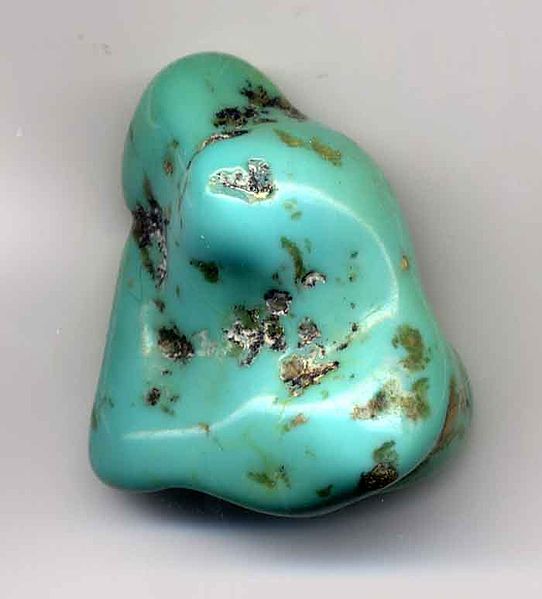In ancient Persia it was once believed that the wearing of turquoise talismans would protect the wearer from death. It was also believed – not only among Persians but also among a number of other cultures – that a change in the color of the turquoise was a sign of danger or illness. Turquoise was carried by physicians of the fifteenth century. They claimed that the stone would counter the harmful effects of poison. They prepared a potion containing finely powdered turquoise, which, as well as proving to be a powerful antidote to scorpion stings, was also considered effective in banishing the pains arising from possession by demons.
Turks often attached Turquoise to the bridles of their horses believing that it rendered the horse more sure-footed. As the horse was often regarded as a symbol of the sun in its rapid course through the heavens, the sky-blue color of Turquoise may have caused it to be associated in some way with the horse.
The name turquoise is apparently related to the fact that is was brought to Europe from the Eastern Mediterranean by Levantine traders, more commonly known as Turks. Its been used as a valuable ornament for ages and was used by the Egyptians thousands of years ago. The color is, of course, turquoise, but its range of color varies from green and greenish blue to sky blue shades.
For centuries, the most valuable turquoise came from Iran (Persia) but today some specimens mined in the southwestern United States compete with it. The name “Persian Turquoise” is now generally used to refer to any turquoise stone that does not have the black or brown veining commonly found in turquoise mined in the United States.

